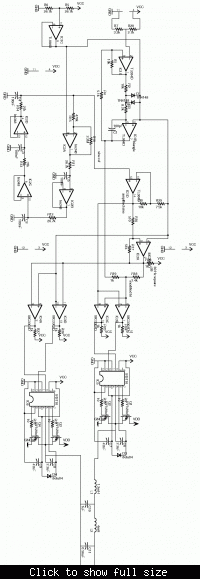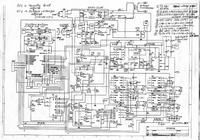jeffreywong
Junior Member level 1
- Joined
- Jul 14, 2009
- Messages
- 15
- Helped
- 5
- Reputation
- 8
- Reaction score
- 3
- Trophy points
- 1,283
- Location
- north, kampar
- Activity points
- 1,449
pure sine wave inverter
Im a student, im doing a project of Pure Sine Wave Inverter. I got the Pure Sine Wave Inverter from Internet, but the output is too small which is 120Vac from 12Vdc input.
1) Please give me some advice that how to modify it so that it give a output of 240Vac from 12Vdc ?
2) How you think about this circuit design?
3)This circuit design have a Mosfet Driver component(IR2110), this make me very difficult to doing simulation because i have try many software, but all software lack of this component, please give me some suggestion what software should i use?
If you have better pure sine wave inverter design, please send to here or my email- jeffrey_5097@yahoo.com
Attact with circuit design diagram.
THanks for you advice.........
Added after 3 minutes:
sorry, i forgot to attact the circuit diagram, i will attact i here
the circuit design diagram is in

thanks.....
Im a student, im doing a project of Pure Sine Wave Inverter. I got the Pure Sine Wave Inverter from Internet, but the output is too small which is 120Vac from 12Vdc input.
1) Please give me some advice that how to modify it so that it give a output of 240Vac from 12Vdc ?
2) How you think about this circuit design?
3)This circuit design have a Mosfet Driver component(IR2110), this make me very difficult to doing simulation because i have try many software, but all software lack of this component, please give me some suggestion what software should i use?
If you have better pure sine wave inverter design, please send to here or my email- jeffrey_5097@yahoo.com
Attact with circuit design diagram.
THanks for you advice.........
Added after 3 minutes:
sorry, i forgot to attact the circuit diagram, i will attact i here
the circuit design diagram is in

thanks.....

